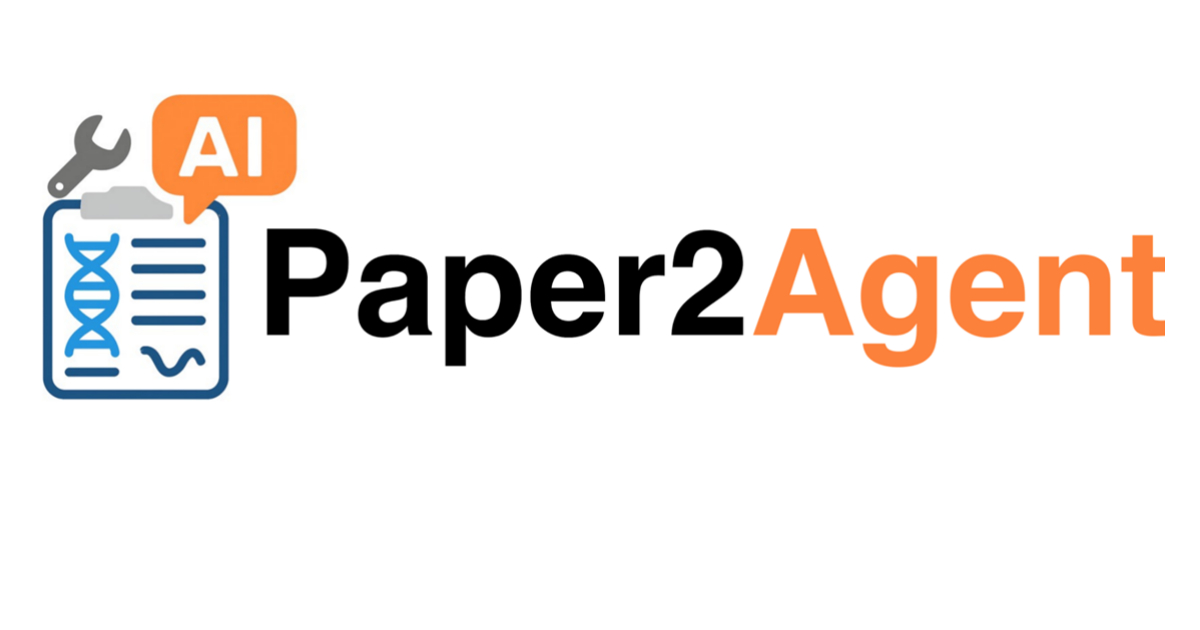A research team from Stanford University has released Paper2Agent, a framework that automatically converts scientific papers into interactive AI agents. The system, introduced in a recent paper, aims to make research methods more accessible by transforming traditional publications into dynamic entities that can execute analyses, reproduce results, and respond to new scientific queries through natural language interaction.
Paper2Agent builds on the Model Context Protocol (MCP), a standard that allows large language models to connect with external tools and datasets. Using this structure, the framework identifies a paper’s codebase, extracts its methods, and wraps them as callable tools through an MCP server. These servers can then be connected to chat agents such as Claude Code or other LLMs, effectively turning each paper into a conversational assistant capable of demonstrating, applying, and explaining its own methodology.
Source: https://arxiv.org/pdf/2509.06917
In contrast to the static nature of most research papers, which require significant technical effort to reproduce, Paper2Agent seeks to reduce barriers to experimentation. The system handles environment setup, dependency management, and tool execution, producing validated, reproducible outputs. According to the authors, the framework operates autonomously, requiring minimal human input beyond providing a paper’s repository link. Processing times range from 30 minutes to several hours, depending on the complexity of the codebase.
The team demonstrated the approach through three case studies. Each paper was successfully converted into a working agent that could execute its respective analyses and reproduce the results reported in the original publication. For example, the AlphaGenome agent automatically scored genetic variants and generated visualizations, achieving 100% accuracy when benchmarked against the reference code.
The authors argue that the ease with which a paper can be transformed into an agent could serve as a practical indicator of reproducibility and code quality. Well-documented and modular papers lend themselves naturally to this kind of automation, whereas poorly maintained repositories pose challenges for conversion.
Discussion around the project has been positive. For example, Vladimir Nikolić shared:
This is a huge step for research! Turning static papers into interactive agents not only accelerates learning but also makes knowledge so much more accessible.
While still in its early stages, Paper2Agent reflects a broader trend toward agentic science, where AI systems not only summarize or retrieve information but also execute it.








